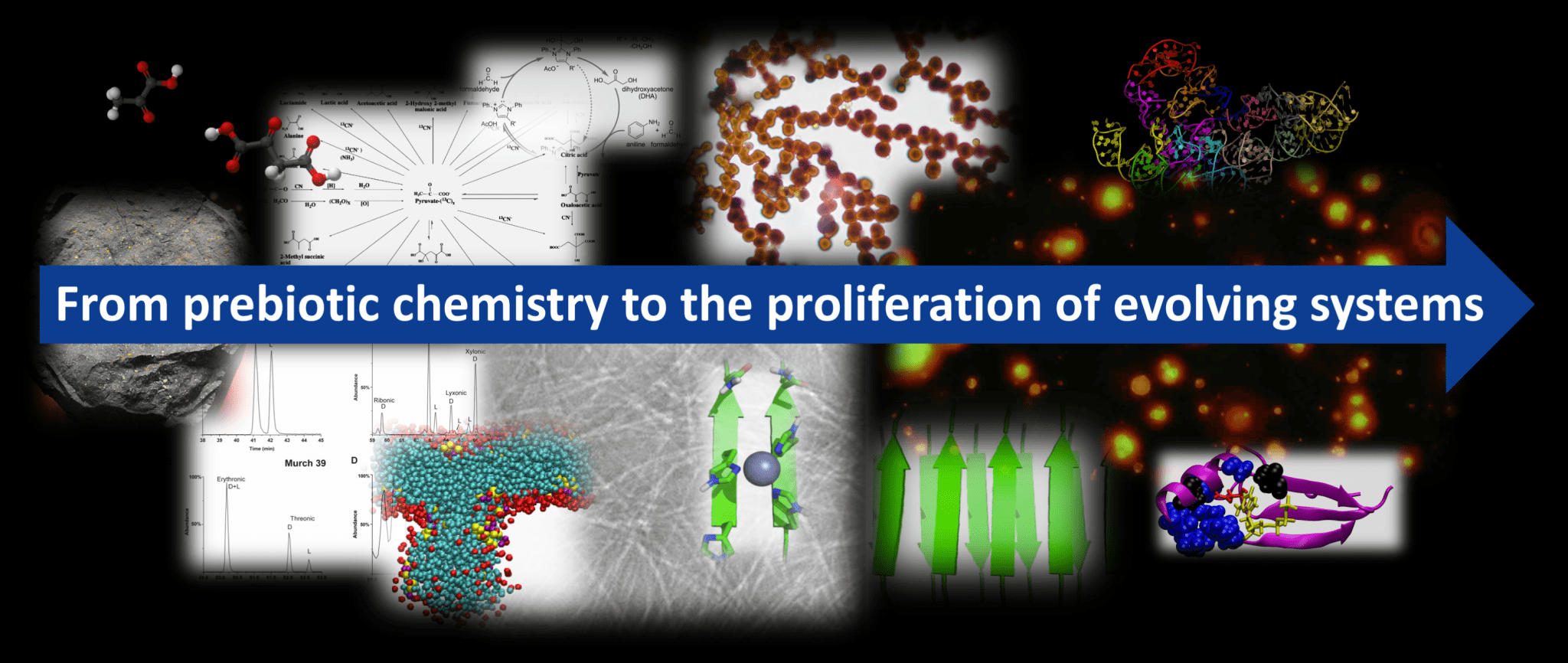In vitro evolution
The proliferation of life depends on a process of open-ended evolution that continuously produces novel and adaptive forms. In terrestrial life this process is sustained by two kinds of functional polymers, RNAs and proteins. These polymers evolve in a wide variety of environments and rely on several different evolutionary mechanisms. We use the experimental technique of in vitro evolution to study both RNAs and proteins. We identify how various evolutionary mechanisms allow these polymers to drive innovation in biological systems. This technique allows us to examine the evolutionary process independent of modern biological systems and therefore provides important insight into question of chance and necessity in molecular evolution. We use in vitro evolution to study how both external environmental parameters and the features of the cellular environment impact evolution.
Recent work by CEL scientists using in vitro evolution
- Popović, M., Ellingson, A. Q., Chu, T. P., Wei, C., Pohorille, A., & Ditzler, M. A. (2021). In vitro selections with RNAs of variable length converge on a robust catalytic core. Nucleic acids research, 49(2), 674-683. pdf
- Plebanek, A., Larnerd, C., Popović, M., Wei, C., Pohorille, A., & Ditzler, M. A. (2019). Big on Change, Small on Innovation: Evolutionary Consequences of RNA Sequence Duplication. Journal of Molecular Evolution, 1-14. pdf
- Popović, M., Fliss, P. S., Ditzler, M. A. (2015). In vitro evolution of distinct self-cleaving ribozymes in diverse environments. Nucleic Acids Res. 43 (14): 7070-7082. pdf
Additional work by members of CEL can be found on our publications page

























